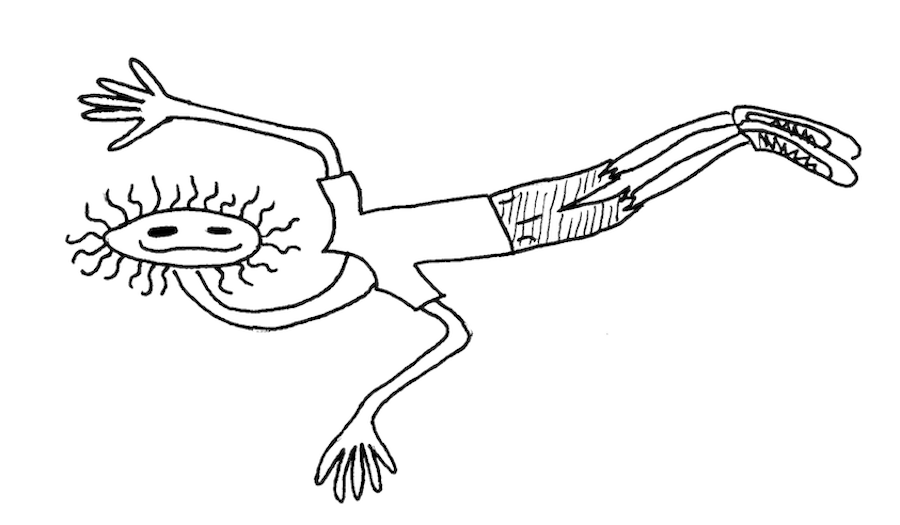
From 1990 to 1993 I kept a journal. Or I should say, I tried to keep a journal. I didn’t make confessional diary entries or record life’s mundane moments. And I didn’t write in it every day, every week, or even every month sometimes.
Much of what is in the two notebooks is just recollections, sketches, thoughts, et cetera. Some entries end abruptly while others are impossible to decipher. The beginnings of these notebooks showed much ambition and a lot of promise. Much like the notebooks I kept in high school and then college, the farther you go, the less organized things get. The space between snippets of writing increases. Eventually, you reach a long stretch of blank pages with a few notes and phone numbers scrawled here and there.
For the past twenty-odd years, I have occasionally looked at these notebooks from this period of my life. This usually occurs after a move to a new apartment which happened fairly frequently. Up until recently, however, I could not bear to read these things beyond a sentence or two. Doing so caused me to wince in embarrassment. I’d soon throw them back in the old Dubuque Star beer case where they’ve lived for the past 30 years.
I can read them now. Most of them anyway. I was a kid when I wrote them—early twenties, anyway — when I thought I knew everything. I don’t judge myself as harshly as I did even a few years ago. That comes with age, I suppose.
Note about the drawings: Gray Flag is an illustrated zine. It features doodles taken from various notebooks in college, although not necessarily the same books as the journal entries.
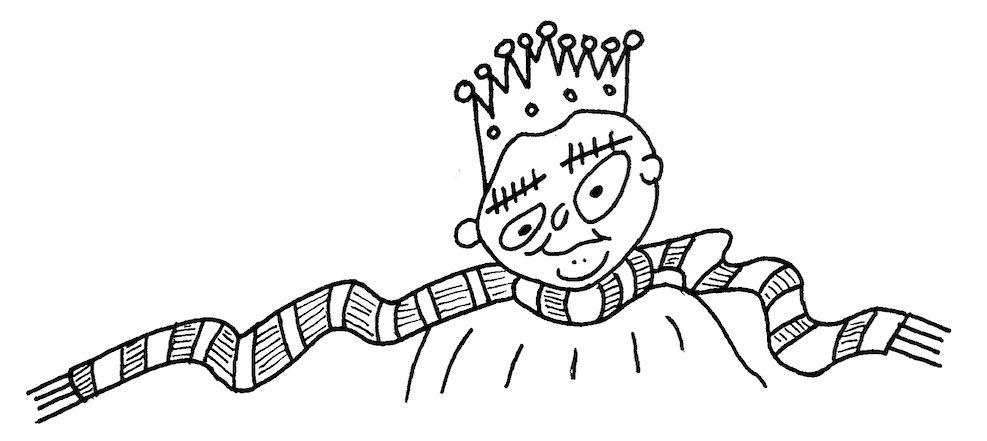
Writing Journal Zine
The result of my re-discovery of these old notebooks is the Gray Flag writing journal zine. It features some of the more coherent entries I kept while a student in the writing program at Columbia College. Even so, I had to decipher illegible words and sentences, fix glaring grammatical errors, and change a few names. The spirit is intact, however, even if the misspellings are not.


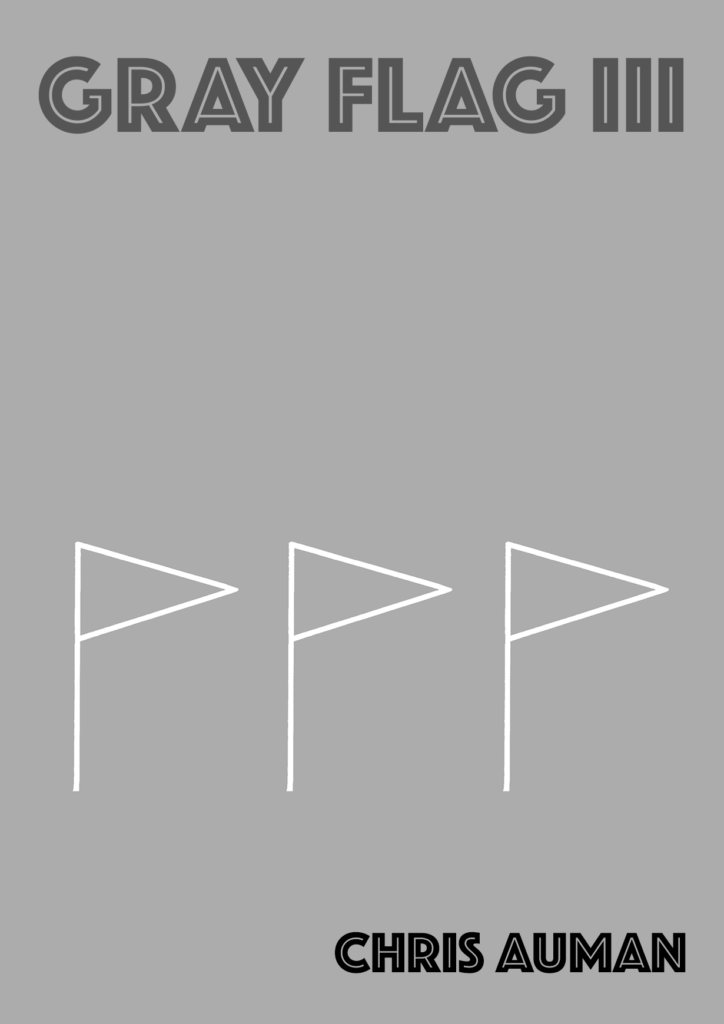

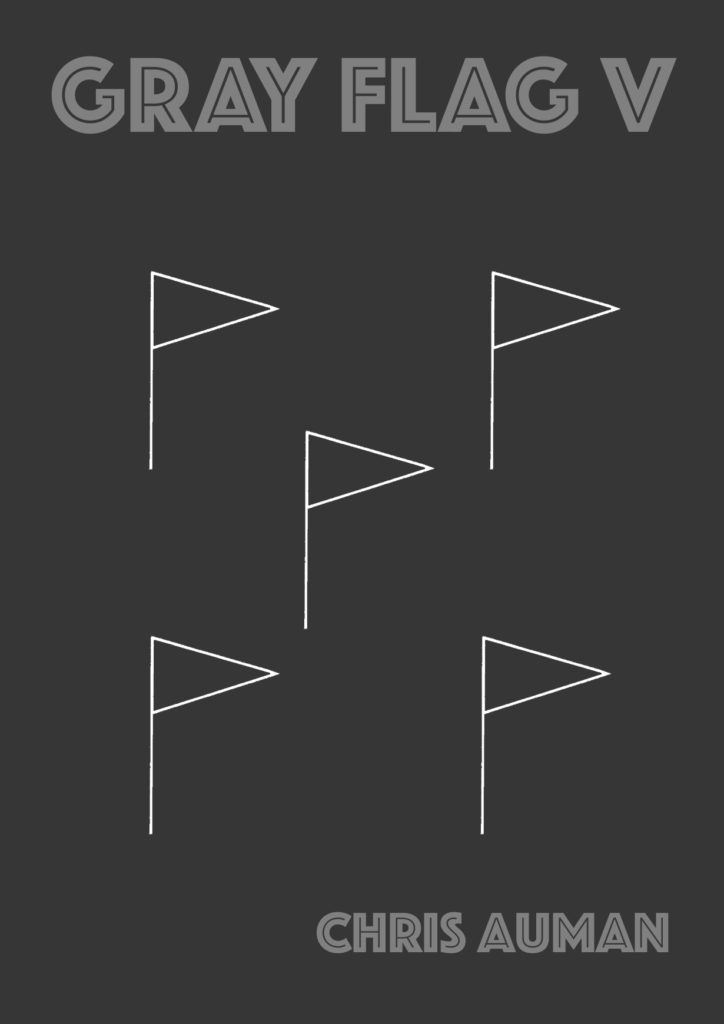
Part Lit Zine Part Per Zine

Gray Flag #1 and #2 feature select entries from my journals from June 1990 to sometime probably in 1993. A requirement of the writing program at Columbia College was keeping keeping a journal. Much of what I recorded in my notebooks from this time was part of a writing exercise. Some of the entries turned into stories.
I no longer have the stories that resulted from these exercises. I no longer have the hard disks or the Apple Performa II necessary to read them. That’s probably for the better.
Throughout my college years, like many people before and since, I worked shitty restaurant jobs and saw live rock bands. I drank shitty beer, smoked bad weed, listened to music, and watched stupid tv with my friends. Most people I knew didn’t have computers, nobody had cell phones of course. It was the ’90s. People hid their ambition, pretended they were losers, and listened to Nirvana.

The Introduction to Gray Flag #1
Journals 1990-91
If a black flag is the symbol of anarchy and a white flag signals surrender, somewhere in the middle the gray flag waves.
I turned 50 in April of this year. What does that mean? Does it mean anything? I’ve been trying to figure it out. I don’t look back now any more than I ever did, but I do look back.
Gray Flag is about looking back. It’s about finding that stuff written in notebooks years and years ago and trying to make sense of it. Am I the same person I was then? How have I changed? Have I learned anything?
Here is Gray Flag #1. It consists of journal entries I wrote while a student in the creative writing program at Columbia College in the early 1990s. — September 2020

Introduction to Gray Flag #2
Journals 1990-91
The entries in this issue are from journals I kept as a student in the Story Workshop writing program at Columbia College in the early ‘90s. We used these journals for writing exercises, to generate ideas, develop scenes, and record everyday events.
A few things I remember from my time at Columbia are brain fatigue and a growling stomach which was quite audible during three-and-a-half-hour classes with names like Prose Forms and Critical Reading & Writing.
The Story Workshop method required us to sit in chairs with desktops folded down as we were instructed to listen outside of the classroom, down the hallway, and out into the street, then asked “What do you hear?” And also, “What happens next?” And then told, “Show don’t tell.”
I remember kids smoking in the hallways during breaks using empty Coke cans for ashtrays which was never officially sanctioned but never actively discouraged. I remember waiting for hours to get into the school’s computer lab because no one I knew owned a computer.
And getting out of night class too late to get on the Howard line at the Harrison Street stop because the entrances were blocked by steel gates at 10 pm. Then walking to the Jackson stop through empty streets because back then the Loop was a ghost town after dark.
Anyway, these handwritten entries, while chosen for their legibility, still required editing. I also felt the need to change some names even though few would know the difference. — February, 2021
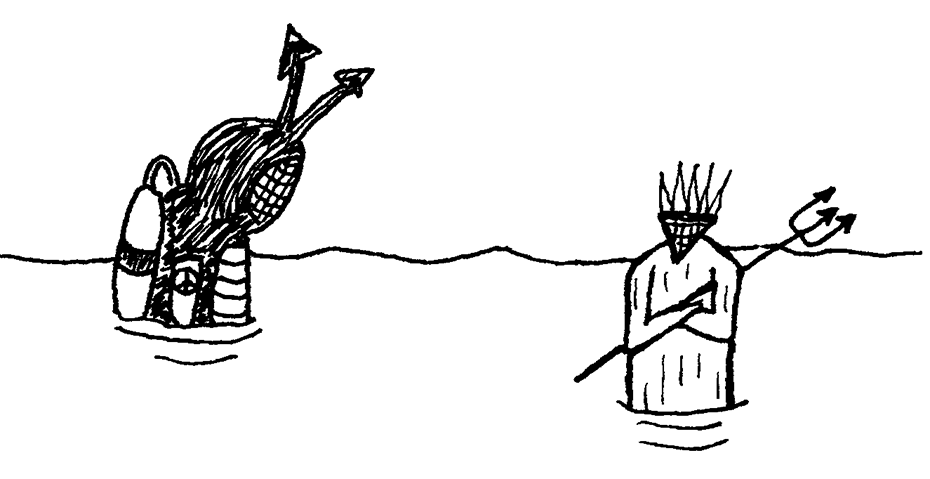
Introduction to Gray Flag #3
Summer 1990
This is the third issue of Gray Flag. It is likely the last one comprised of journal entries I kept as a writing student at Columbia College in the early 1990s.
I didn’t think there was much left to glean from those two notebooks I’d been toting around from apartment to apartment for the past three decades. I realized, however, that stringing some of these entries together formed a narrative even though they were written many months apart.
Some entries were written as they happened, or shortly thereafter, while the others were written months later as in-class writing assignments. For example, “Letter Never Sent” was not an actual letter not sent but a part of a writing exercise, and “Egg Shift” was written for a class a year after the fact. For this reason, the date following the title is when the entry was written and not when the events described took place. —January, 2023

Introduction to Gray Flag #4
In the introduction to Gray Flag #3, I wondered if I would have enough entries for a fourth issue. My source material—the journals I kept as a writing student at Columbia College in the early 1990s—had been picked through pretty well by that point. What remained, I thought, was either illegible or too cringeworthy to include. Some will remain forever undecipherable because, while the handwriting starts strong with pen held firmly in hand, it gradually degrades into something only resembling words on a page.
In the end, I was able to resurrect enough to fill this issue, and possibly one more. I also used some writing from outside of class, such as the introduction to a one-off underground newspaper my dormmate and I published while attending DePaul University in 1989 and an article I contributed to the Columbia Chronicle in 1993.
At any rate, I’m almost to the end of this project. Thanks for reading so far. — April, 2024
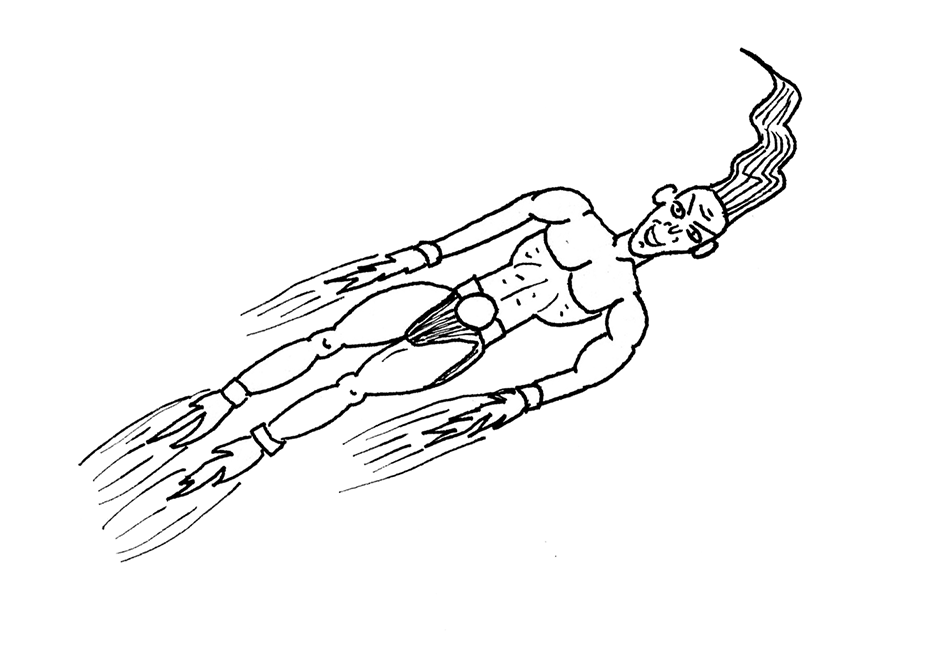
Intro to Gray Flag #5
This is the end of Gray Flag. Five years and five issues ago, I was looking at the half-century mark of my time on this planet. That’s when I first started digging through the two notebooks that would be the main source for this series. Now, I’m staring down double nickels and it’s time to move on.
Most of the pieces collected here are from those notebooks. They were written for classes I took while a writing student at Columbia College Chicago in the early 1990s. Two selections are columns I wrote for the school paper (I was reading a lot of HST, btw). Most entries are scraps of ideas, like sawdust on the shop floor, only good as mulch to help something grow. A few did grow into something. Most did not. Some ended up in the pages of Gray Flag, and maybe that’s where they were always meant to be. Whatever their fate, they were valuable as learning exercises, and now here they are for my amusement, and maybe yours too. — February, 2025

Gray Flag Zine Review
If you haven’t had too much to drink and ended up in a mosh pit, were you ever truly in your early twenties? Anyone who has gone on drunken adventures and loves music will relate to Chris Auman’s collection of stories and drawings, which are excerpts from journals he kept while attending the Story Workshop writing program at Columbia College in the early 90s.
Some of these anecdotes are more mundane than others, but they capture the essence of being a young adult and making questionable choices: “After we left, Bob and I ended up swimming across a flooded stream to his house. We thought we could wade across and maybe get our feet wet. I was neck-deep though and we got completely soaked […] That was one of the stupidest things I’d done in a long time. It was fun though. It felt like being twelve again, only wasted.”
Though this zine collects stories that are now almost 20 years old, it turns out that going to shows, working shitty jobs, drinking at band practice, etc., are timeless activities. I enjoyed this zine and look forward to reading more of Auman’s work.—Maxime Brunet, Broken Pencil
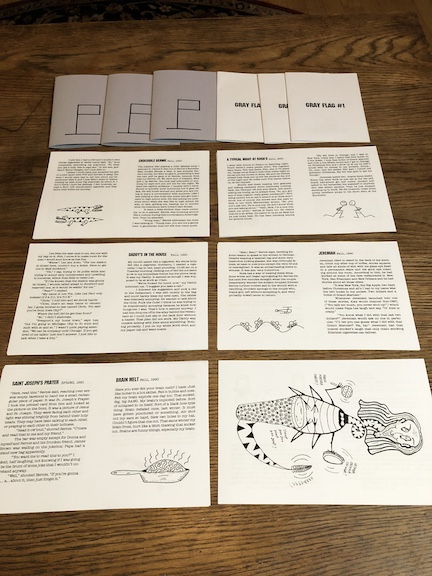
More Zines by Chris Auman
Check out some of my other zine titles here.


